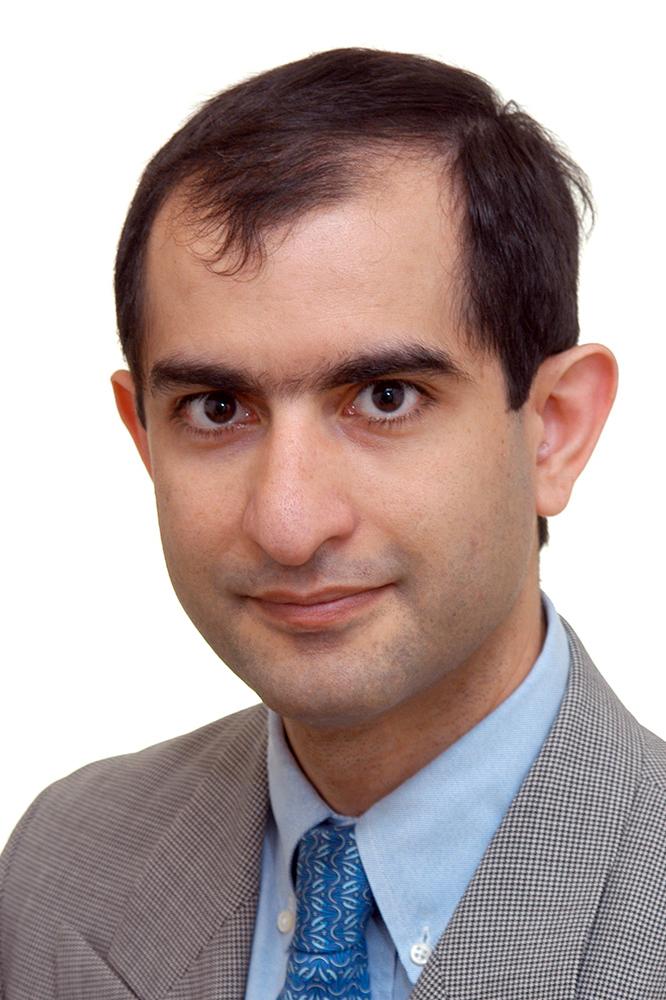What is glaucoma?
Glaucoma refers to a group of eye conditions commonly associated with an abnormal buildup of internal eye pressure (intraocular pressure or IOP). This increased IOP can damage the eye’s optic nerve, which transmits visual information to the brain.
There are two major types of glaucoma, open-angle glaucoma and angle-closure glaucoma. The most common form of glaucoma is open-angle glaucoma, in which the aqueous fluid (a clear liquid that normally flows in and out of the eye) is blocked from flowing back out of the eye at a normal rate through a tiny drainage system. When this aqueous fluid cannot drain properly, pressure builds in the eye resulting in an increase in IOP that can damage the optic nerve and lead to vision loss.
The second major (albeit less common) type of glaucoma is angle-closure glaucoma. With angle-closure glaucoma, the iris (the colored part of the eye) may drop over and completely close off the drainage angle, abruptly blocking the flow of aqueous fluid and leading to increased IOP or optic nerve damage. With angle-closure glaucoma there is a sudden increase in IOP due to aqueous fluid buildup. This condition is considered an emergency because optic nerve damage and vision loss can occur within hours of the problem.
What are signs and symptoms of glaucoma?
In the case of open-angle glaucoma, most people notice no symptoms until their vision is impaired. This is why this form of glaucoma is often referred to as the “silent thief of sight.” Because open-angle glaucoma has no noticeable symptoms, it is important to have regular, complete eye exams with your Advanced Eye Centers doctor to monitor for the condition.
With angle-closure glaucoma, however, it is common for patients to experience symptoms that can include nausea, vomiting, seeing halos and lights, and eye pain. If you experience two or more of these symptoms together it is important to seek medical care immediately as vision loss can occur shortly after the first symptoms are noticed.
What are the treatments for glaucoma?
The goal of glaucoma treatment is to lower your eye pressure in order to prevent or slow further vision loss. Treatment often consists of eyedrops but can include laser treatment or surgery to create a new drain in the eye. While the effects of glaucoma cannot be fully cured, the condition can be controlled. Ongoing monitoring (every three to six months) is needed to watch for changes.
Who is at risk for glaucoma?
Glaucoma most often occurs in adults over the age of 40, although certain individuals are at higher risk for glaucoma, including:
- Individuals with elevated intraocular pressure (IOP) levels.
- Everyone over the age of 60.
- Individuals belonging to certain ethnic groups (particularly African Americans who are five times more likely to get glaucoma than Caucasians).
- Individuals with a family history of glaucoma.
- Individuals with certain medical conditions, particularly diabetes.
- Individuals with a history of extended corticosteroid use.
Ask your Advanced Eye Centers doctor for more information regarding risk factors to determine if you are at a higher risk to develop glaucoma. As always, the best way to catch glaucoma before it has a chance to inflict severe vision loss is to have regular eye exams to monitor for increased, or otherwise abnormal, IOP levels.








